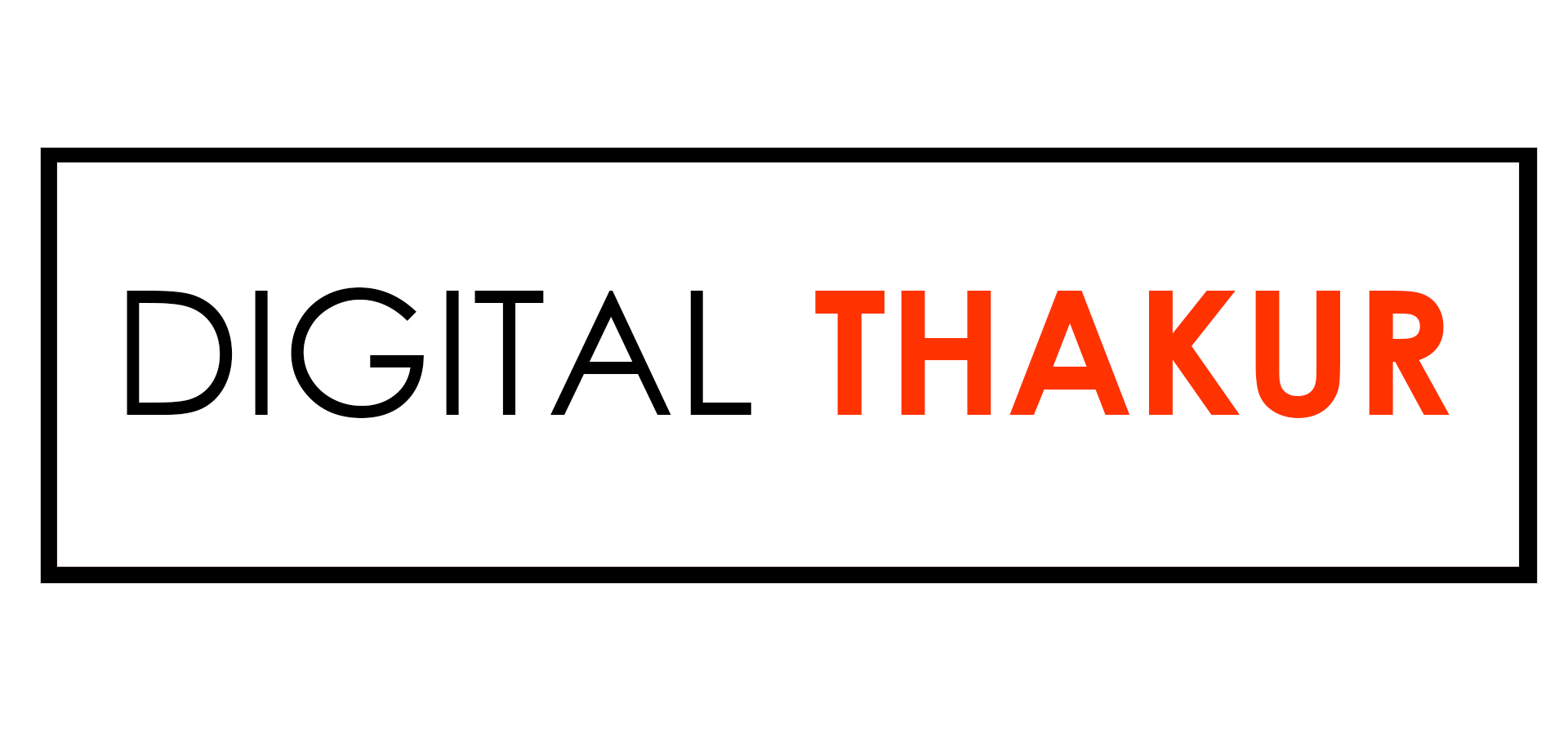
I chose to elaborate on some of the elements of a great logo that nobody talks about in light of the recent release of the new Slack logo, which has generated a lot of discussions. Before I go any further, let me clarify that this isn’t another piece about logo design. All of these “rules” can be broken, but they do provide insight into a crucial aspect of a business—the commissioning and choice of the visual cues that best represent it. One of the reasons it is crucial is that a logo or brand “pivot” can be expensive in terms of both time and money, particularly for businesses that deal with actual things.
It’s best to try to do it properly the first time for these reasons. You’ve committed to the company once you decide on a logo and brand.
Let’s start by reviewing the fundamentals of logos. Designers generally agree that a logo should be distinctive, scalable, straightforward, and perform well in monochrome. This post does not challenge any of these mantras because they are all good practices. But beyond these usual requirements, there are other ways to measure quality.
In the age of the internet, it might be challenging to find outstanding logo work because of the rising popularity of tools like 99designs and websites like Upwork. Large organizations and even medium-sized enterprises are challenging for an agency to enter, and startups frequently want to keep costs low by outsourcing their labor. Additionally, because graphics rendering technologies make it possible to use linear forms like squares, triangles, and straightforward ovals, the digitization of design frequently results in less inventive designs. In other words, the popularity of illustrative distinctiveness has decreased as a result of the per capita decline in paper and pen (manual, not mouse) skills.
What Purpose Does a Logo Serve?
We must first think about a logo’s purpose to comprehend what makes one outstanding. In essence, a logo serves as a conditioning instrument. Businesses must find a method to set themselves apart from the competition, and they accomplish this by giving their packaging, ads, and messaging a distinctive style. Without logos and branding, it would be impossible to tell who you were purchasing from. We would be forced to read each product’s label and description. The value of goods and services would thus be only based on their intended use, reducing them to their most basic components. Even though it’s a Marxist pipe dream, picture a world where every restaurant, corporation, and product had identical labels that were printed in the same typeface and color scheme. Would a world like that not be duller to live in? Therefore, originality is crucial to branding, culture, and business. To sum up, a logo is a singular shape (the minimum amount of input) that identifies the source of a specific commodity or service.
Because goods and services are mostly interchangeable, logos (and branding) are significant. The ability of a thing or commodity to be used interchangeably is referred to as fungibility. Think of a Coke and Pepsi can, for instance. These two goods provide about the same amount of extrinsic value. Most consumers cannot genuinely tell the difference between the tastes of the liquid and sugar because their amounts are practically equal (study). Because of this, branding is particularly crucial for goods whose utilitarian worth is essentially the same, which is true for the majority of them. This, together with the fact that many of our purchasing choices are emotional, shows how important a well-developed “schema”—or mental representation—is when attempting to engender a strong emotional connection with the good or service.
Traditionally, businesses accomplish this by presenting tales that people connect to their visual assets. For instance, the appearance of the storefront, signs, and banners can help us identify a restaurant as a McDonald’s. To elicit a joyful emotional response that we unconsciously internalize, McDonald’s matches this schema with images and stories of joy, youth, and pleasure in their ads. Designing with stories in mind, branding is really about pairing stimuli with narratives.
Qualities you should look for in a business logo
1. Outstanding logos are easily recreated by hand or memory
A logo is presumably effective if someone can quickly recognize it, recall it, and reproduce it. Consider the Mcdonald’s arches, the Adidas three stripes, and the Nike swoosh. These are all straightforward and memorable enough for individuals to readily reproduce them. Replicating the logo indicates that it isn’t “structurally” sufficient to be retained in long-term memory, which can be brought on by complexity or banality.
I always base my decisions with my clients on the replication test, which is also one of the most challenging to design for. Consider how many straightforward representations of a specific entity or function there are already in existence.
There are 113,021 different graphemes in Unicode 7, the program for global character encoding, and that doesn’t include glyphs (from different typefaces, etc). The difficulty for designers also lies in producing something that is entirely original and cannot be confused with anything else. Although a corporation could have the symbol “+” as its logo, viewers might not find it memorable enough to “stick” in their memories. In the digital era, where tens of thousands of enterprises are created and promoted daily, this is even more true. There is a lot of information to contend with, thus logo forms must be distinctive for mnemonic purposes.
2. Logos must appear “structurally sound.”
Unmentioned is another aspect of a logo’s soundness in terms of its structural foundation. Consider a graphic representation as a structure. Would it be stable? Does it appear symmetrical or in balance? Humans are drawn to language and symbols that follow symmetry, alignment, and organization. One of the most despised typefaces in the world is Comic Sans because of this. Deliberateness equals quality, and structural soundness equals that. Most businesses should aim for excellence in communication.
Remember that despite our attraction to modern forms, people still love novelty, especially when it comes to art and the natural world. The logo must therefore be fresh while still being architecturally sound. The difficulty rests in this.
How can something that is entirely original look planned, deliberate, and simple at the same time? It frequently requires patience and ruthless conception is the response.
Humans seek refuge in nature as they flee the purposeful predictability of mechanized society, but they are also acutely aware of the distinctions between useful goods and works of art. If our home can’t resist the weather, we don’t want it to be an eclectic art gallery. In nature, unstructured beauty prevails, but in capitalism, we are drawn to order. A logo that lacks structure or appearance of it will likely give a corporation a bad impression.
3. The Founder Should Appreciate It
Companies’ logos are incredibly important to their founders, and for good reason. When beginning a business or hiring a designer, it’s frequently the first item they consider. It is challenging to create logos that are profitable because of this affectionate quality. Because of the project’s subjective nature, there is a high risk of failure because the designer cannot account for individual preferences, including those of the founder and their immediate network of peers. The designer should and will know the optimal answer, but ultimately, it doesn’t matter because they aren’t the main decision-maker. It is not their child.
Due to this, it is crucial to have a very organized method for creating logos. This process should start with a thorough “research” phase to determine the client’s preferences.
Without a solid logo/brand design process, disagreements over personal preferences are more likely to happen, which is bad for good creative businesses. Both the creator and the designer must show consideration for one another’s time. The designer will probably receive inadequate compensation if they don’t have an effective method for listening, proposing, presenting, and justifying. Additionally, if the designer permits further revisions or fresh brand ideas, the founder will keep delaying their choice and the procedure would go on eternally.
Remember that this trait is only crucial for start-ups or companies where the founder serves as the actual CEO. It’s not required for the CEO to enjoy the logo when a company is rebranding. In actuality, their preference ought to be ignored. To avoid having his confidence clouded in his approach to his next challenging enterprise, a founder must like it. Since a logo is frequently the very first thing that both a company and its clients may consider, nobody wants to settle for one they don’t like. It wouldn’t be a successful project. This implies that it is the designer’s job to persuade the founder that their solution is the best one. Design is always a combination of inspiration and commitment. Selling is a need in the design.
4. It Should be Unique
Great logos are frequently unique, interesting, and ambiguous. Some people might believe that a logo must be a literal representation of the good or service it represents, however, this is not true at all. Nobody needs to glance at a logo to immediately understand what the business does. Keeping this in mind, you can build an attraction or affection that is eventually beneficial for business if you can combine many abstract shapes while achieving both simplicity and ambiguity. The fundamental reality is that people enjoy surprises and novelty, so if you can get them to look at your logo for a longer period, their memory and recall will be stronger.
Amazing graphics, commercials, and tales went viral. That is how business is conducted. When someone sees or utilizes something, they tell their friends and it spreads from there. Advertisers develop content that is humorous, intriguing, dramatic, and compelling to get you to share it rather than just listing all the benefits and external justifications for buying a product. This makes sure that the business doesn’t aggressively try to persuade you to buy anything just for the sake of making money. They provide a small amount of value (entertainment) and add their logo at the end to make a subconscious connection to that narrative or feeling. Logos can then use the same strategy by being exceptional and intriguing enough to spark conversation. Consider the logo in the example above. I’ll be the first to confess that it violates many of the tenets of effective logo design. It isn’t extremely scalable, straightforward, or architecturally sound. In light of this, it was so inventive that the founder loved it, was glad to pay for it and was eager to share it with his friends. The use of a film reel segment to enhance the typography when I first placed it online generated some excitement (note how they and ‘f’ in mindfuck are the same forms rotated 90 degrees).
Business benefits inherently when logos develop to the point where they become memorable. Because it resonates, people talk about the FedEx logo or a compelling advertising campaign. Incorporating double meanings in the form requires imagination, which is a terrific method to produce something captivating and unforgettable. Ambiguity also guarantees endurance. What if the Apple logo took the shape of an outdated computer screen? Since no one could have foreseen the evolution of their products into portable smartphones at the time, they would be compelled to adjust. Because future markets are inherently unpredictable, literalness in logo design is harmful to a corporation.
Conclusion:
When a designer becomes a legend, they can start working like Paul Rand, who in 1986 demanded $100,000 from Steve Jobs for the Next logo. That would be equivalent to almost $240,000 now after accounting for inflation. Even more significant is the fact that Paul Rand never gave Jobs more than one choice (and most of his clients at the end of his career). Rand hated the politics of design and made it his goal to work with clients who respected his abilities. Like most successful businesspeople, Steve Jobs understands how to choose, believe in, and then leave bright individuals to do their jobs. Poor business owners micromanage every aspect of the company because they can’t trust anyone. So, instead of spending as much time managing them, company founders need to spend more time choosing the ideal employees. Great leaders and great egos are not the same things. Find a talented designer that charges a higher set rate and give them free rein to create an excellent logo for you.






